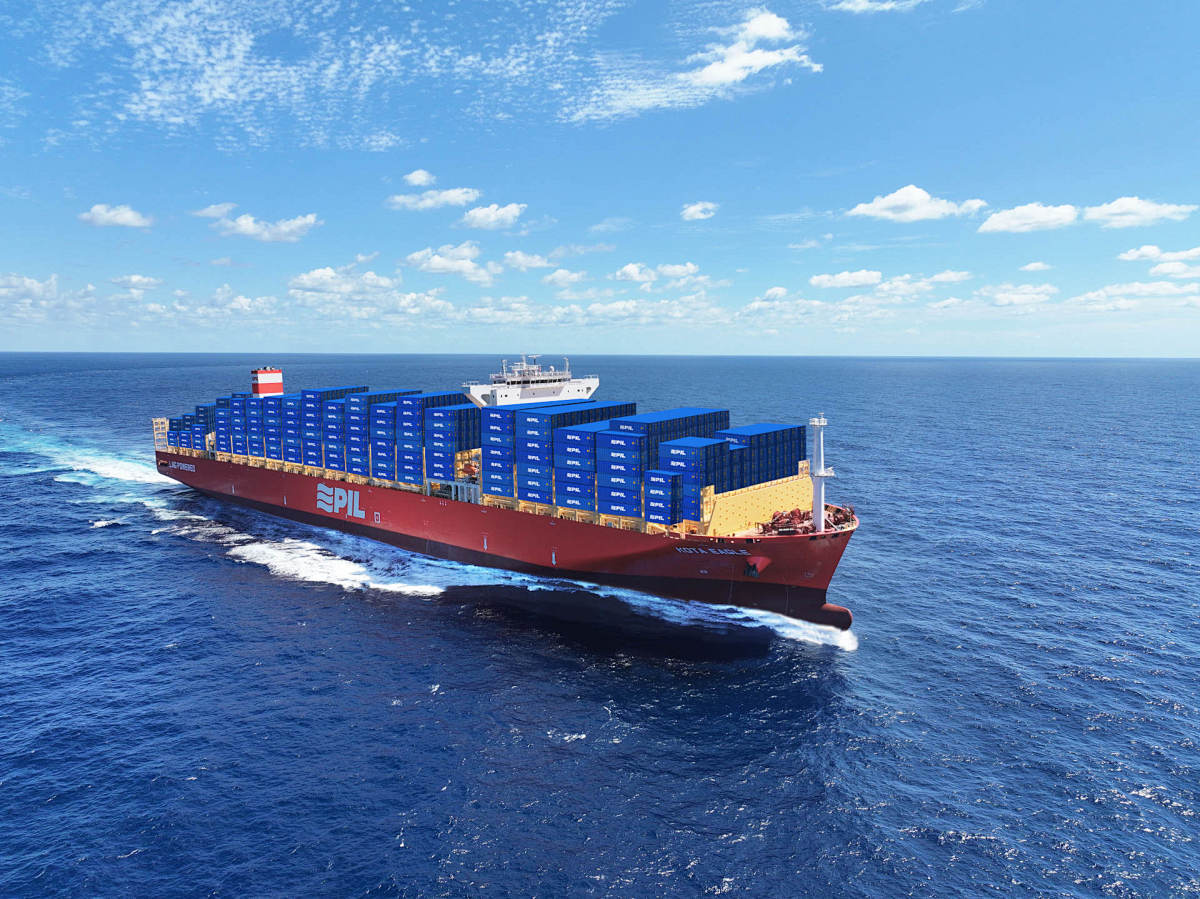Internal cathodic protection of condensers in power plants cooled by seawater.
Release time:
2024-11-07
The implementation of forced current internal cathodic protection for seawater-cooled power plant condensers is a new technology that has been developing in recent years.
The implementation of forced current internal cathodic protection for seawater-cooled power plant condensers is a new technology that has been developing in recent years. Below is an application example of internal cathodic protection for large condensers with copper and aluminum alloy tubes. This is a single-pass tube bundle heat exchanger without branch lines, equipped with a box-type header; each power station requires two such condensers; the surface area of the steel box-type header with a corrosion-resistant layer that needs protection is 65m²; the total surface area of the pipes, inlet, and outlet is 20m²; cooling water at 30~40℃ flows through the condenser at a speed of approximately 2m·s. Not only does the internal corrosion of the steel box-type header with a corrosion-resistant layer require cathodic protection, but it is also necessary to prevent bimetallic corrosion between the steel and copper-aluminum pipe materials.
In addition, the high solid content of the cooling water, fast flow rate, and continuous damage to the surface film create severe corrosion conditions. Simply implementing cathodic protection is not enough; additional measures must be taken to promote the formation of the surface film. It is possible to achieve this with iron anodes, as the hydrated iron oxides generated under the action of the anodes promote the formation of the surface film on copper. Each condenser requires six iron anodes for corrosion protection, with each anode weighing 13kg. Each outflow chamber has 14 rod-shaped titanium anodes, with a platinum layer thickness of 5μm and a weight of 0.73g. The mass loss rate of these iron anodes is 10kg·A1·a-1 (see Table 7-1), and the mass loss rate of the platinum anodes is 10mg·A-1·a-1 (see Table 7-3). The protection current density on the inner surface of the corrosion-resistant condenser is 0.1A·m-², and the protection current density for the copper alloy tubes is 1A·m-², which corresponds to a protection current of 27A. An automatic potential-controlled transformer rectifier with a capacity of 125A/10V is installed for each main condenser, implementing potential control and monitoring with a fixed zinc reference electrode. Figure 21-2 shows the arrangement of anodes in the inlet chamber.
Key words:
Learn more about industry dynamics
The company's main products: magnesium alloy sacrificial anode series, aluminum alloy sacrificial anode series, zinc alloy sacrificial anode series, and cathodic protection supporting products, such as more than a dozen varieties and hundreds of specifications.
Focus on the development and production of cathodic protection materials
online message
We will contact you within one working day. Please pay attention to your phone or email.








